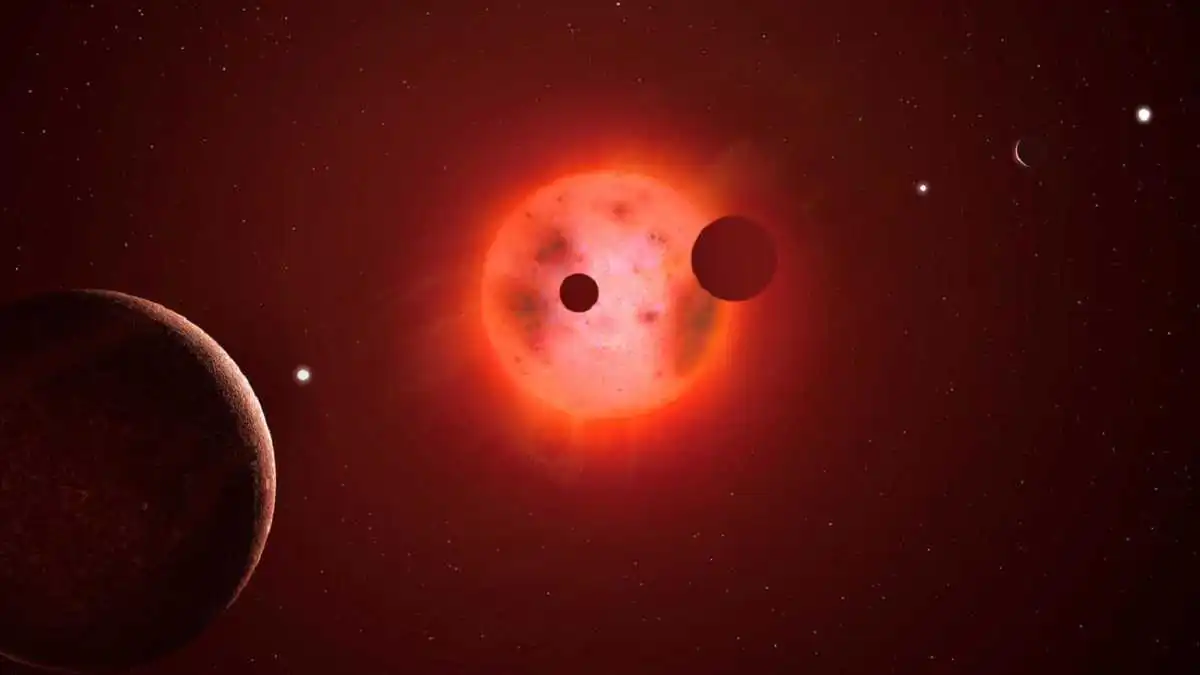
Astronomers have discovered a new multiplanetary system in our galaxy, which is 33 light-years from Earth, making it one of the closest known multiplanetary systems.
At its center is a small and cold M-dwarf star HD 260655, and astronomers have found that it has at least two terrestrial planets. The stony worlds are most likely unfit for life because their orbits are relatively narrow, which means that the planets are exposed to very high temperatures, at which the existence of liquid water on the surface is impossible. In October 2021, Michelle Kunimoto, a member of the Massachusetts Institute of Technology’s TESS research team, followed the satellite when it noticed a couple of periodic dips in the light of HD 260655. The process of classification and further validation of new planets can often take several years. In the case of HD 260655, this process was significantly reduced due to archival data.
Scientists have checked whether this star has not been previously observed by other telescopes. Luckily, HD 260655 was included in the list of stars obtained by the HIRES high-resolution scale spectrometer, an instrument that operates as part of the Keck Observatory in Hawaii. HD 260655 was also included in another independent review of CARMENES, a device that operates as part of the Calar Alto Observatory in Spain. As this information was private, the team approached HIRES and CARMENES members to combine their data.
In the course of working together on two sets of archival material in about six months, the researchers found statistically significant indications that the signals detected by TESS were indeed two orbital planets. The team then studied the TESS data more closely to determine the properties of both planets, including their orbital period and size. The inner planet, called HD 260655b, orbits the star every 2.8 days and is about 1.2 times larger than Earth. The second outer planet, HD 260655c, orbits every 5.7 days and is 1.5 times larger than Earth.
Based on radial velocity data obtained with HIRES and CARMENES, the researchers were able to calculate the mass of the planets, which is related to the amplitude with which each planet pulls its star. Astronomers have found that the inner planet is about twice as massive as Earth, and the outer – about three Earth masses. Based on their size and mass, it was found that the density of the inner, smaller planet is slightly larger than the Earth, and the outer, larger planet is less dense. Both of them, based on their density, are most likely earthy or rocky in composition.
You can also help Ukraine fight with Russian occupants via Savelife or via an official page of the National Bank of Ukraine.
Read also:
Leave a Reply